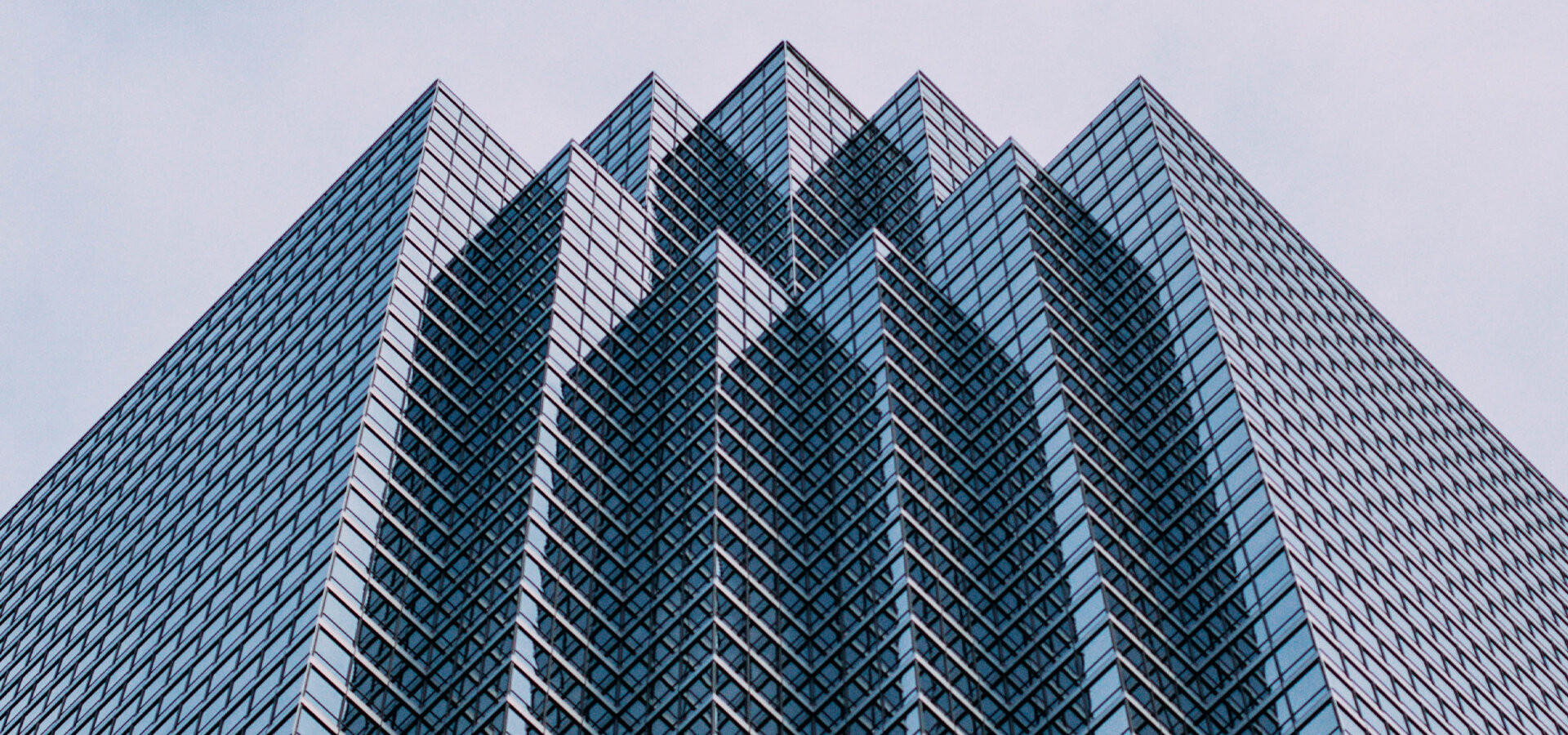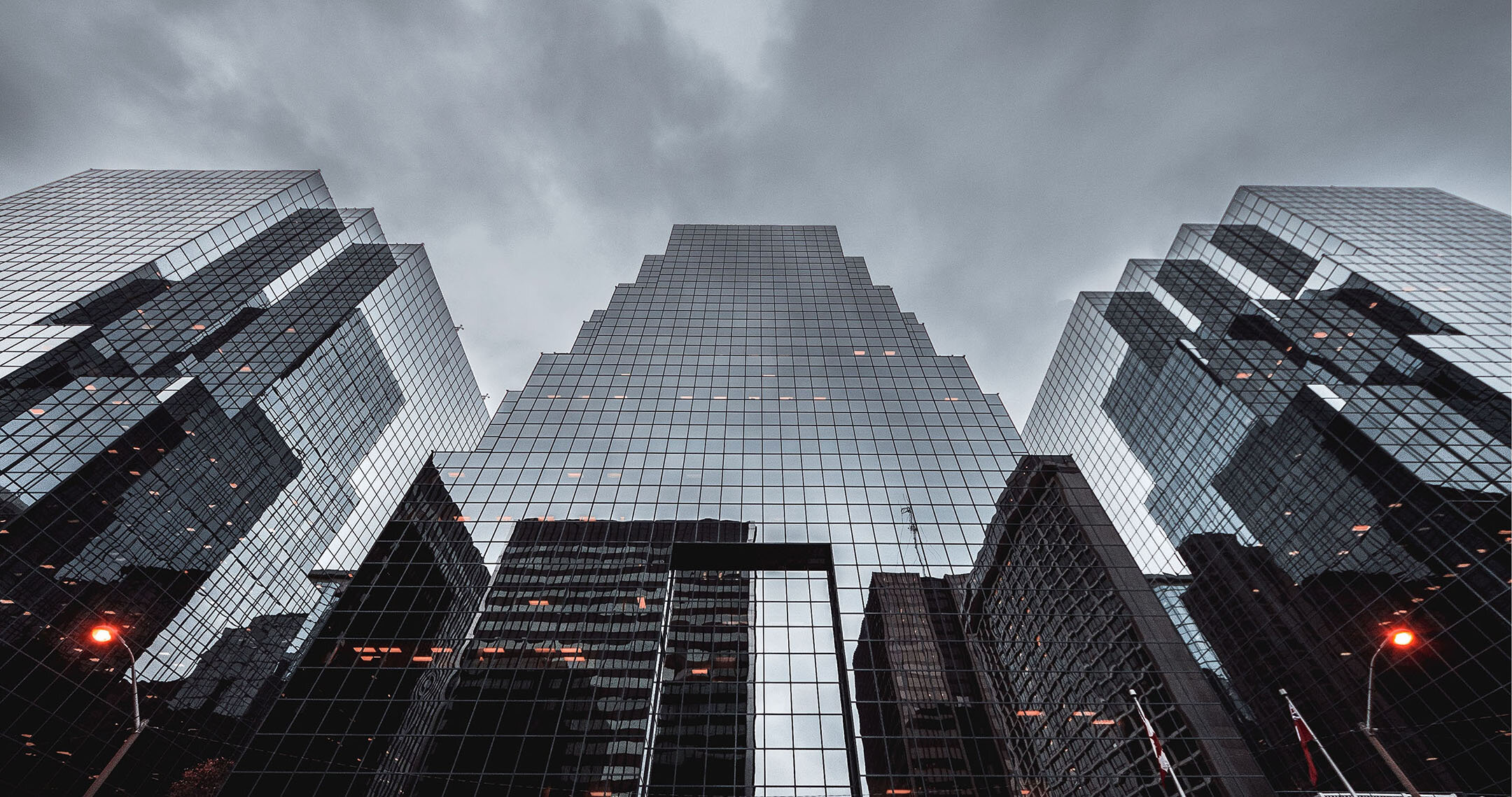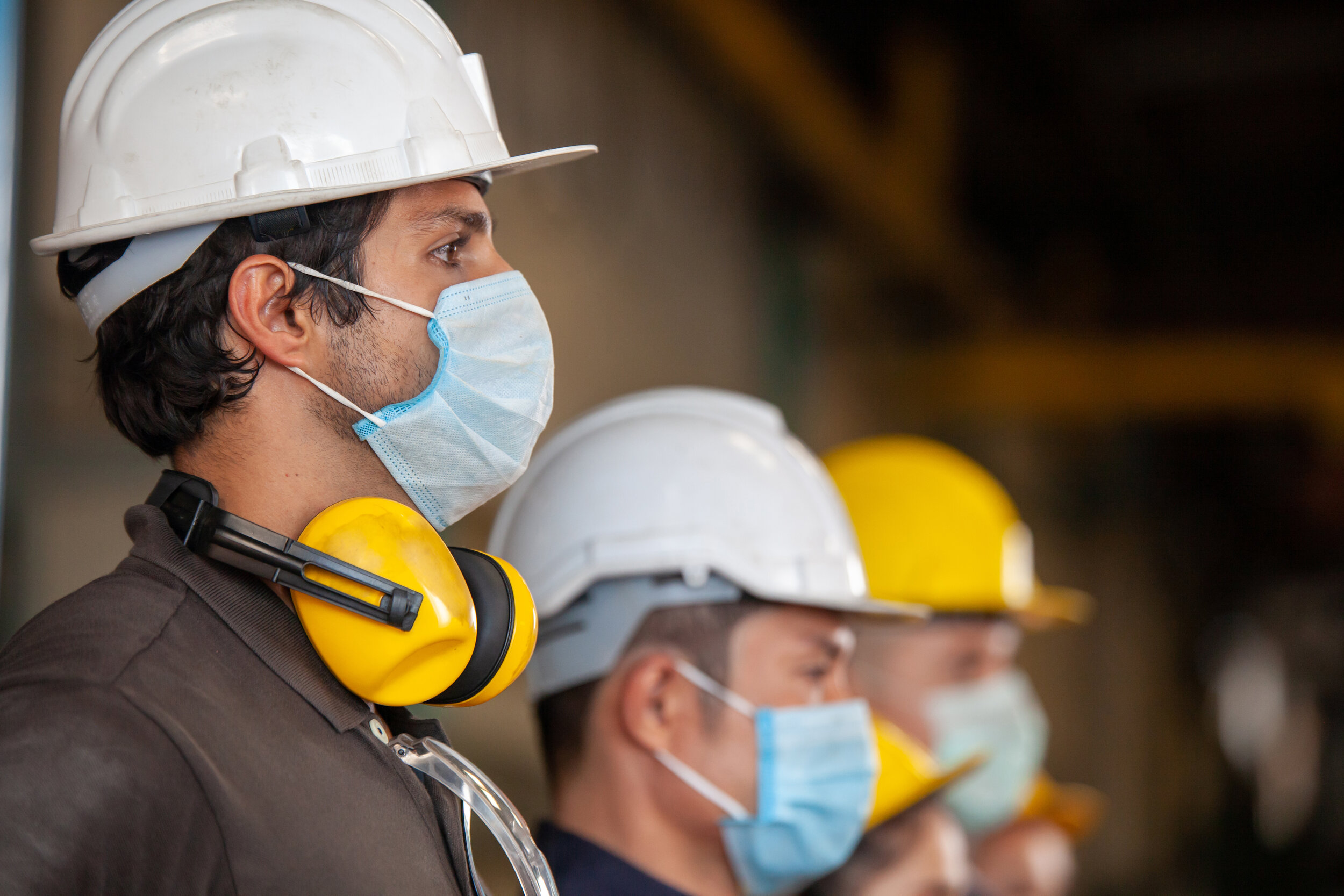
GLE Blog
What does the Green Roofs Act mean for NYC?
New York City's skyline may look a little different in the near future, and that's due to the Green Roofs Act.
New 2020 NYCECC: what’s changed?
The 2020 NYCECC took effect on May 12, 2020, and came with some substantial changes from the 2016 NYCECC.
New tenant protection plan requirements in NYC
Local Law 106 of 2019 created new tenant protection plan requirements in New York City. Here's what you need to know.
NYC construction restart: be ready and avoid fines
Rules for NYC construction restarts went into effect June 9 and need to be followed until further notice.
Required personnel for site safety: rules & details
As an employer, you're required to make efforts to keep your employees safe. And that includes having the required personnel for site safety.
What’s the difference between ADA and LL58/87?
These two laws seem similar on the surface. So what are the differences between ADA and LL58/87.
New FISP rules in NYC mean big changes
The start of 2020 brought new FISP rules to NYC. Here's what those changes are and what you need to know.
Almost one-third of Manhattan is landmarked
Critics have accused the Landmarks Preservation Commission (LPC) of contributing to a large part of Manhattan’s high-cost real estate problem.
Do air conditioners require Equipment Use Permits (EUPs)?
Do air conditioners require Equipment Use Permits (EUPs)?
Special Inspections in NYC & their classifications
The DOB requires what’s known as “Special Inspections” during the construction process of certain projects to ensure that the work is being done according to approved plans.
What is the difference between ADA and LL58/87?
ADA and LL58/87 are frequently confused, but the two are distinctly different.
Understanding renovations + Local Law 58
In 1987, New York passed Local Law 58, a landmark law mandating that residences be built to accommodate the handicapped.
Fire escape violations and Local Law 11
Local Law 11 mandates inspections for the facades of buildings 7 stories or higher every 5 years to ensure the safety of pedestrians below.
Certificates of Occupancy vs. Letters of No Objection
A Certificate of Occupancy is a government-issued document that specifies the legal use and/or occupancy of a given building.
The different types of building permits
For any non-cosmetic construction work, the Department of Buildings must grant the project governmental approval by issuing a building permit.
The three types of Development Rights Transfer
Popular perception of New York paints the city as a land of towering skyscrapers and sleek, shiny offices, but a quick walk through a neighborhood says otherwise.
Most common problems with Places of Assembly
Emergencies requiring quick exit from a building can quickly turn catastrophic when there are many people on the premises.
Renewing permits
Normally, the Department of Buildings requests that if you want to renew a permit, you submit a PW2 Work Permit Application (PW2) at least two weeks before the expiration date.
Paying for landmark repairs
If you’re the owner of a landmarked building in New York City, you’re likely well-aware of what a pain the landmark status can be for your wallet.
Understanding NYC zoning on signs
What counts as a sign? Per the New York City Zoning Resolution, a sign is any visual graphic—whether it be emblems, pictures, or writing.





















